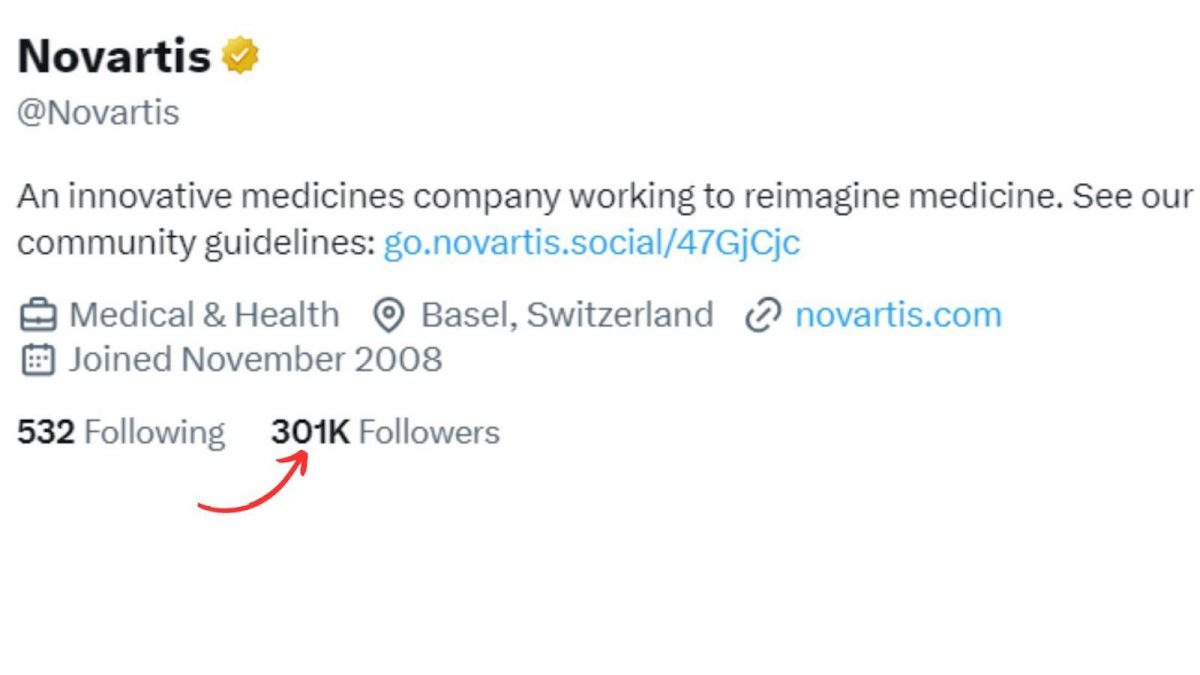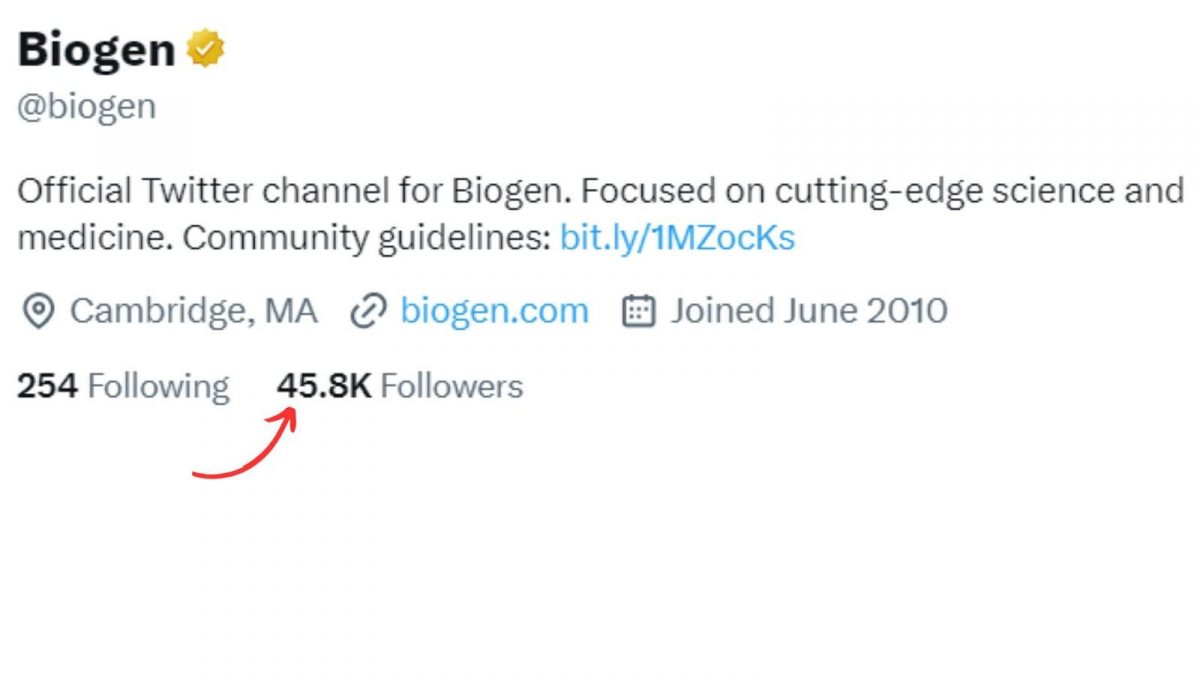Note: This blog was updated December 2024.
Social media has become a critical part of marketing and outreach for companies across every indusry, including the biotech sector. However, some biotech firms have yet to fully harness the power of social platforms to build their brands and connect with stakeholders.
This article provides a comprehensive guide to leveraging social media strategically in order to drive biotech growth. We’ll explore the importance of social media for biotech companies, identify key target audiences, outline effective tactics and trends, and provide real brand examples of successfully making the most of digital engagement.
By developing a thoughtful social media presence, biotech enterprises can increase awareness, foster strategic relationships, demonstrate thought leadership, and propel growth. Let’s dive in to unlocking the immense potential of social platforms.

Social Media for Biotech Companies: A Comprehensive Guide
The Importance of Social Media in the Biotech Industry
Even if you don’t need to reach a consumer audience, having some social presence is a competitive necessity. The numbers are, simply put, huge; there are 4.95 billion people in the world using social media. Now, sheer scale doesn’t mean everything. But it can’t be ignored, particularly when paired with other benefits of using social media as a biotech company:
Increased Brand Awareness
On platforms like Twitter and LinkedIn, biotech brands can organically increase visibility and familiarity with target audiences by consistently sharing valuable content. Engaging with potential partners and prospects in their digital spaces builds crucial brand recognition. (It’s one way to get on investors’ radars.)
Showing Your Brand Values
Social platforms enable conveying what an organization stands for through images, videos, and messages. Biotech companies can highlight innovations, research initiatives and corporate social responsibility efforts aligning with audience values.
Becoming a Thought Leader
By posting informative content like biotech trends analysis and spotlighting subject matter experts, brands position themselves as trusted authorities. Like public relations content, becoming a thought leader helps build trust with your target audience. Thought leadership is especially good for scientific markets, which respond well to SMEs and KOLs.
Staying Relevant
Consistent social media activity keeps biotech brands front of mind with stakeholders. Sharing news, behind-the-scenes looks and Q&As reminds audiences of your purpose and offering. Build relationships with your audience by answering their questions on your posts and staying positive while interacting with them.
Increased Web Traffic
Links in social posts direct audiences to explore brand websites and blogs. This increases site visibility and SEO. So, make sure your web address is always available. You must also ensure that there are ways to make posts that link back to your site. Use pinned posts to highlight certain pages on the website without seeming like you’re promoting your own content and links.
Content Promotion
Social media also enables new people to notice your brand. Posting valuable content to new faces is a great way of getting them to engage with you. That’s also the case for any kind of content that you’d like your target audience to see.
Thus, you must create a detailed content marketing plan and a distribution strategy for getting your content seen and keeping you engaged with your audience.

Creating New Connections and Strengthening New Ones
You only need to make an impression, and people will start liking, commenting, and sharing your content. The best thing about this is your content will start appearing in others’ feeds.
This way, you can use social media platforms to participate in chats and show people you can offer them value. If someone realizes that a friend has liked something, there are chances that they will also start reading about it. With strategic goals and audience targeting, social media delivers measurable impact reaching, educating, and converting key stakeholders while humanizing biotech brands.
Identifying Your Target Audience as a Biotech Company
Knowing who you want to reach is crucial for effective social media marketing in the life sciences. As a biotech company, you likely have multiple target audiences. Here are some tips on identifying and understanding your key prospects groups:
Conduct Market Research
Conduct market research on target audiences. Create buyer personas based on demographics, values, pain points. Use surveys, interviews, data analysis.
Analyze Social Media Use
Research which social media platforms each target audience uses most. Monitor relevant hashtags and discussions. Join niche groups to connect authentically before actively engaging. Listen first to understand their social media ecosystem.
Understand Their Challenges
Dig into each audience’s deeper struggles. Understand their problems to see how your innovations can help. Empathize with their situations, like social isolation or lack of treatment options, to identify opportunities to provide solutions.
Tailor Messaging
Tailor social media messaging to resonate with each audience’s unique priorities and interests. Make them feel seen and heard.
The Latest Trends in Biotech Social Media Marketing

Social media marketing evolves rapidly. Here are some emerging trends biotech companies should understand:
1. Immersive Content
Virtual reality, augmented reality, and computer renders allow creating highly engaging experiences that showcase innovations in new dimensions. Bring dry science to life through interactivity.
2. AI-Powered Personalization
Platforms like Facebook and Instagram leverage AI to micro-target users based on behaviors and declared interests. Biotech marketers can tap these insights to connect with niche audiences.
3. Influencer Partnerships
Associating with influencers who align with your mission and values expands your reach tremendously. Look for scientists, doctors, and patients who can provide authentic advocacy.
4. Educational Videos
Platforms like TikTok and YouTube enable sharing bite-sized videos explaining biotech concepts or demonstrating products simply. Humanize complex innovations through storytelling.
5. Hashtag Campaigns
Launch hashtag challenges inviting audiences to engage with branded content and share their perspectives. Shows up organically in users’ feeds sparking viral sharing.
While new platforms and tactics emerge, the fundamentals remain. Provide value, build community, listen first, and keep audiences central in all you do. Meet people where they are.
Case Studies of Biotech & Healthcare Firms that Have Successfully Leveraged Social Media Marketing
Boehringer Ingelheim: This biopharmaceutical company has successfully leveraged social media to build its brand and engage with its target audience. Two young millennial women lead the company’s social media strategy. The two have developed tweet chats with specific topics and hashtags, including #COPDchat and #ChatAFib. Their chats gained significant media attention, including a selected case study by Twitter.

Novartis: This global healthcare company uses Twitter to engage with its target audience. The company has included patients’ views and stories on social media about hormonal disease acromegaly and blood cancer polycythemia vera. The company uses different Twitter tactics to engage buyers. This includes Twitter views and interviews conducted on Twitter to encourage engagement.

Illumina: This biotech company has successfully leveraged social media to build its brand. Their social media strategy includes creating engaging content like infographics and videos to communicate complex scientific concepts. They also use social media to promote products and services, including their gene sequencing technology.

Biogen: This biotech company uses social media to promote its products and engage with its audience. Their social media strategy includes creating engaging content like videos to communicate the value of their products. Biogen also uses social media to promote its clinical trials and research initiatives.

Conclusion
Biotechnology companies are usually criticized for not adopting newer creative marketing methods to engage with their audience. The criticism follows the fact that social media, for instance, can help these companies increase their brand awareness, stay relevant, and increase website traffic.
The good news is there’s always room for improvement, especially after realizing the benefits of social media marketing. Start today and watch your brand become a thought leader in the industry.



